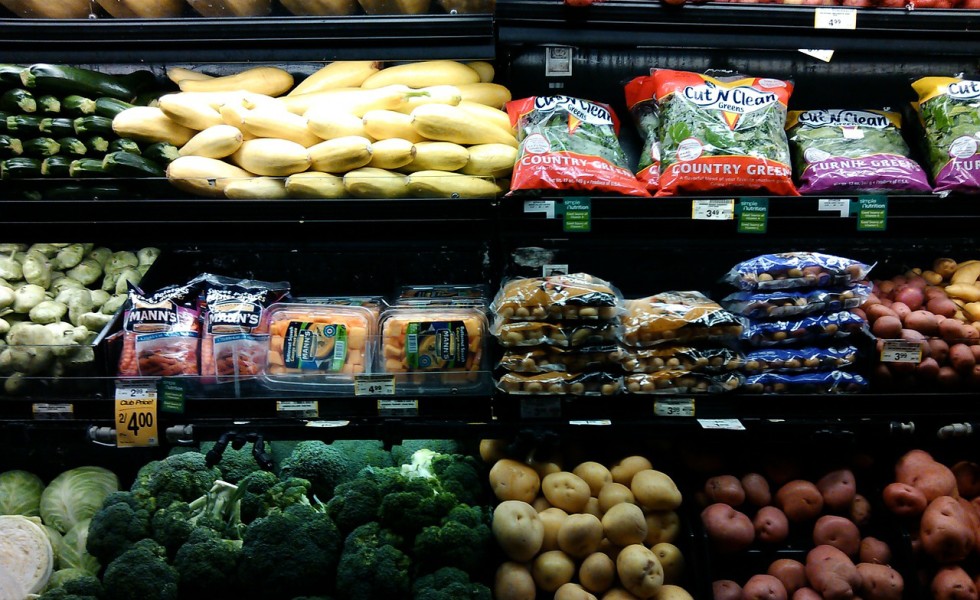Organic Farm Rules Need to be Quickly Reviewed, Not Slowly Rewritten
Posted on June 11, 2021

Nearly everything about Francis and Susan Thicke’s southeastern Iowa, organic dairy farm whispers bucolic: a herd of Jersey cows and calves graze on rolling acres of green pastures amid fenced farm fields and acres and acres of tree-thick woods.
Even the farm’s name, Radiance Dairy, relays an easy calm.
But there’s nothing calm about the food fight the Thickes (pronounced tick-ee) and their organic colleagues have taken on since 2018 when they formed the Real Organic Program to challenge what they see as the “compromised standards” of the U.S. Department of Agriculture’s National Organic Program, or NOP.
Fights over organic standards are older than NOP itself. In fact, clear, national, and enforceable organic standards were a key reason Congress created NOP in 1990.
From the start, however, NOP wasn’t a comfortable fit for USDA, a red tape machine more accustomed to administering billion-dollar crop subsidy programs than an organic program with little money and no bureaucracy.
But NOP did have clear, understandable rules to help producers become “certified” organic growers and a “USDA Organic” label to help them build new, value-based markets for what they produced.
And, uniquely, NOP had a voluntary, 15-member National Organic Standards Board (NOSB) appointed by the secretary to recommend proposed changes in the production, handling, and processing of organic products like food and clothing.
Over the next 20 years, organic food sales grew from dollar bills to billions of dollars. In 2020, organic food sales hit $50.1 billion, according to the Organic Trade Organization.
As sales surged, though, the standards board became a lightening rod for proposals aimed to make organic production bigger, faster, and cheaper to, it was claimed, meet increasing demand.
Organic stalwarts worried that the rules were evolving so bigger, more commercial growers could cash in on organic’s higher profit margins and perceived higher quality at the expense of smaller, more specialized farmers who had followed the rules to build those markets over decades.
Whatever the reason, real or perceived, the organic standards slowly slackened, says Francis Thicke in a recent telephone interview. The result was the rise of “big organic.”
Today, he suggests, those relaxed rules mean “that maybe half the tomatoes sold as ‘organic’ in the country are grown through hydroponics,” a no-soil process that Thicke says fails to meet original NOP standards on “improving the soil.”
“How can they do that when there’s no soil?”
Thicke, who holds a Ph.D. in agronomy and served on the National Organic Standards Board from 2013 through 2018, knows the answer: because the standards board said they could. Case closed.
Unless, he suggests, organic farmers push USDA to reconsider where “lesser standards” are sure to lead—a less valuable market that threatens the existence of every organic grower, big and small.
As such, Thicke linked up with a non-government organic effort called the Real Organic Program in 2018 to do what he felt USDA wasn’t: to certify new farms under the old standards and promote their products as “real” organic.
Despite early success, few in the group want the confusion that comes with a competing organic program. Ideally, USDA and its now-returned former boss, Iowan Tom Vilsack, will review NOP and consider closing some “loopholes” that the group believes allowed organic standards to slide.
To begin that conversation, Thicke and nearly four dozen other former members of the National Organic Standards Board sent Secretary of Agriculture Tom Vilsack a letter in late April that outlined changes USDA “could easily adopt” to restore the “public trust” in the “integrity” of the NOP. It was clear, concise, and respectful.
And it was received that way. “The Secretary replied quite quickly,” says Thicke, “and we’re working to set up a meeting later this month.”
This is a good, first sign because clear rules, like fences, remain important to everyone—growers and customers alike.
And while every rural American knows this, sometimes it’s good to remind everyone what side of the fence they stand.
© 2021 ag comm
The Farm and Food File is published weekly throughout the U.S. and Canada. Past columns, events and contact information are posted at www.farmandfoodfile.com.
Share This